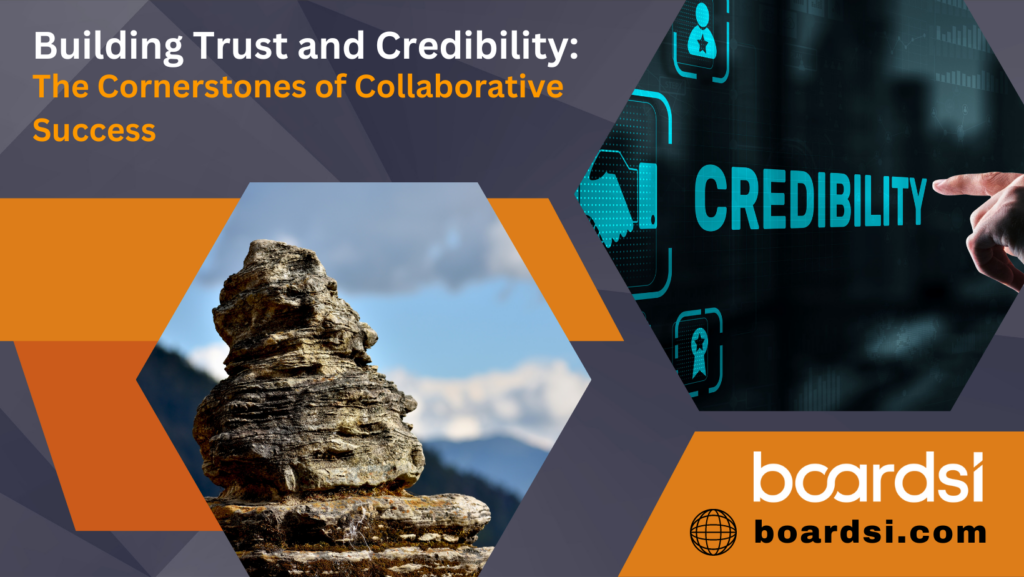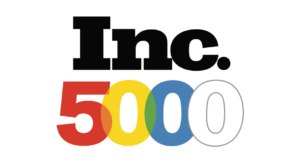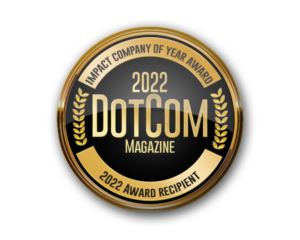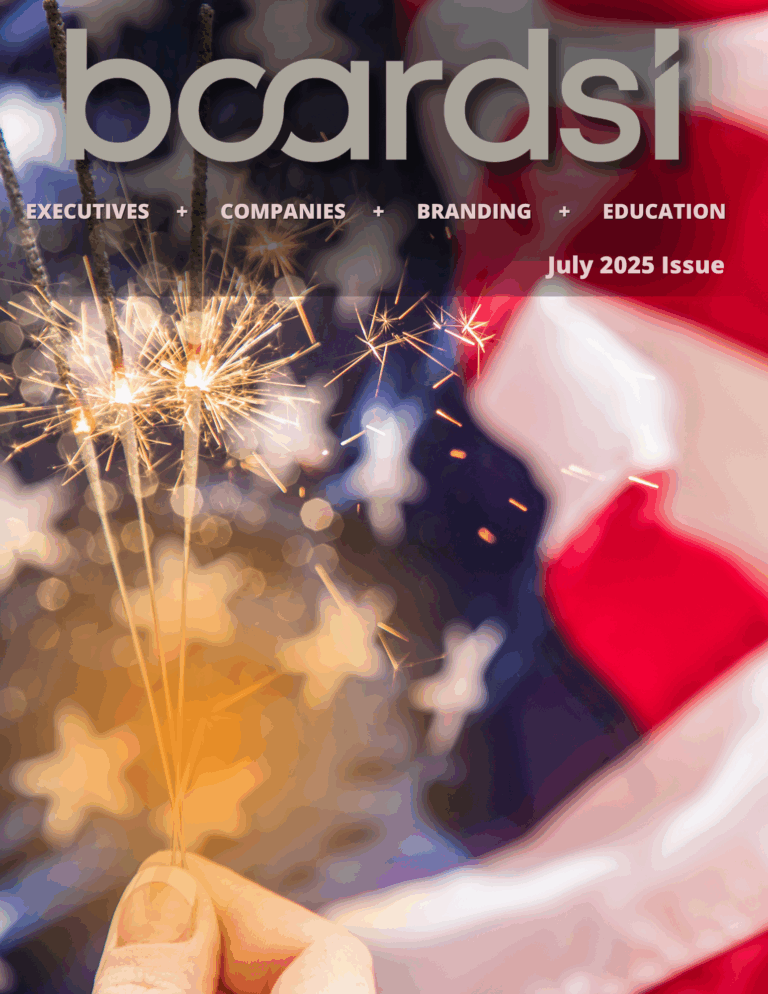Establishing trust and credibility with new collaborators in today’s fast-paced business world is more than just a soft skill; it is a strategic imperative. In this thought leadership piece, we delve into the subtleties of developing meaningful professional relationships, which are essential for any successful leader.
The Art of Communication: A Trust Catalyst
Clear, honest, and active listening are all necessary for effective communication. Transparent leaders set the tone for honest, transparent collaborations by outlining their expectations and vision. However, active listening is the real game-changer because it shows respect and openness by actually listening to others and creating a collaborative environment where ideas can flourish.
Reliability: The Trust Builder
This consistency, especially in difficult times, cements a leader’s reputation as dependable and trustworthy, which is essential for long-term collaborations. When leaders follow through on their commitments, it not only reflect their reliability but also sets a standard for the entire team. This consistency is especially important for long-term collaborations.
Showcasing Competence: Earning Credibility
A leader’s expertise and knowledge are their currency in the marketplace of ideas. Sharing insights, offering solutions, and displaying a deep understanding of the business all contribute to building credibility. This does not mean that the leader has all the answers; rather, it means that they demonstrate a willingness to learn and adapt, which is a valuable form of expertise in and of itself.
Empathy: The Human Connection
Empathy in leadership is about understanding and acknowledging the challenges and aspirations of collaborators. It involves stepping into their shoes and viewing situations from their perspective. This human connection not only builds trust but also nurtures a work culture where individuals feel valued and understood.
Credit Where It’s Due: Fostering Mutual Respect
Recognizing the contributions of others is not just about giving credit; it’s about creating a culture of mutual respect. When team members feel their efforts are acknowledged, it boosts morale and encourages a spirit of cooperation and shared purpose.
In conclusion, building trust and credibility is not a one-off task but a continuous journey. It requires consistent effort, genuine interactions, and a commitment to growth and learning. For leaders looking to forge lasting professional relationships, these practices are not just strategies but essential elements of their leadership toolkit.
This approach to building trust and credibility isn’t just effective; it’s transformative, paving the way for collaborative success and enduring professional relationships.









